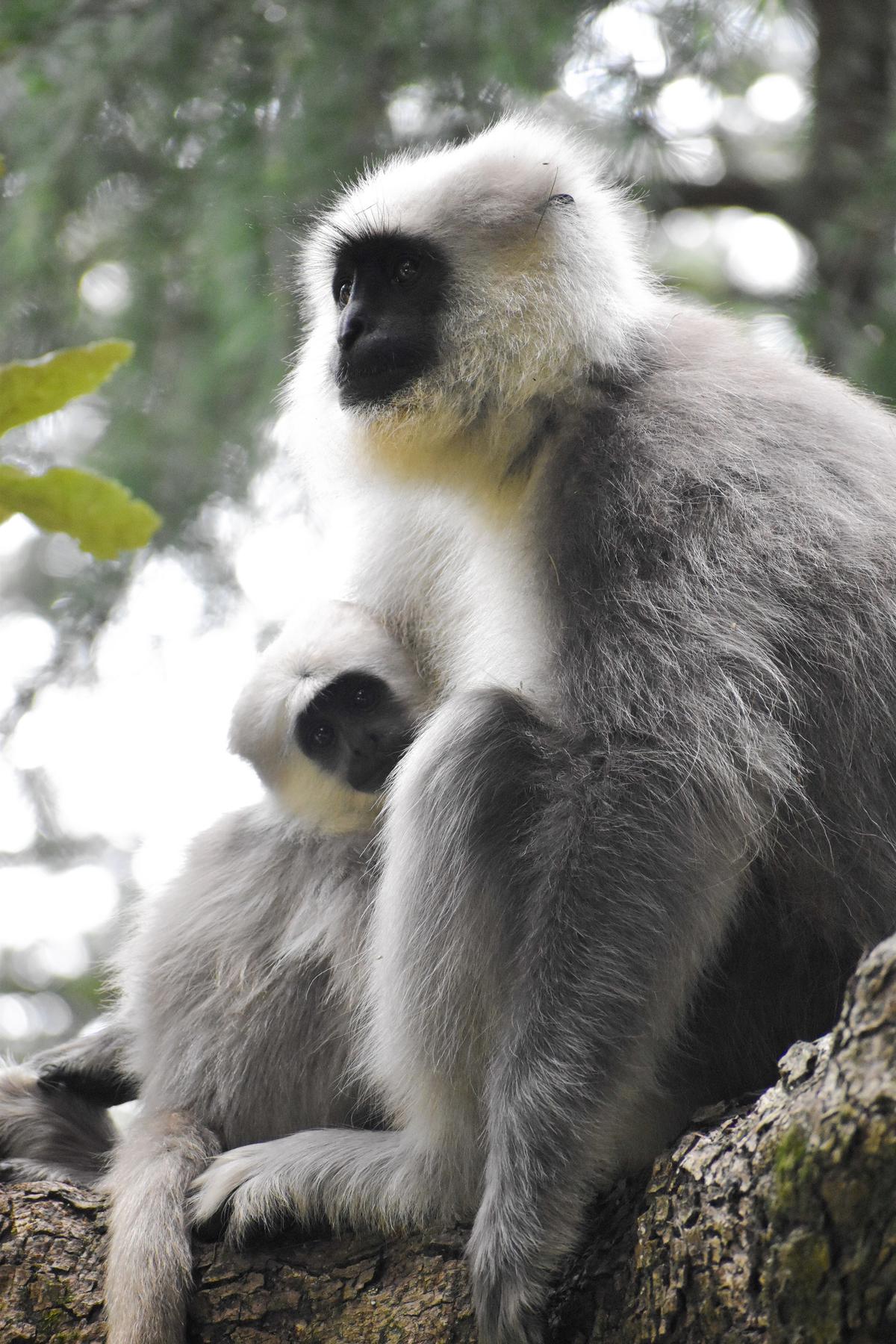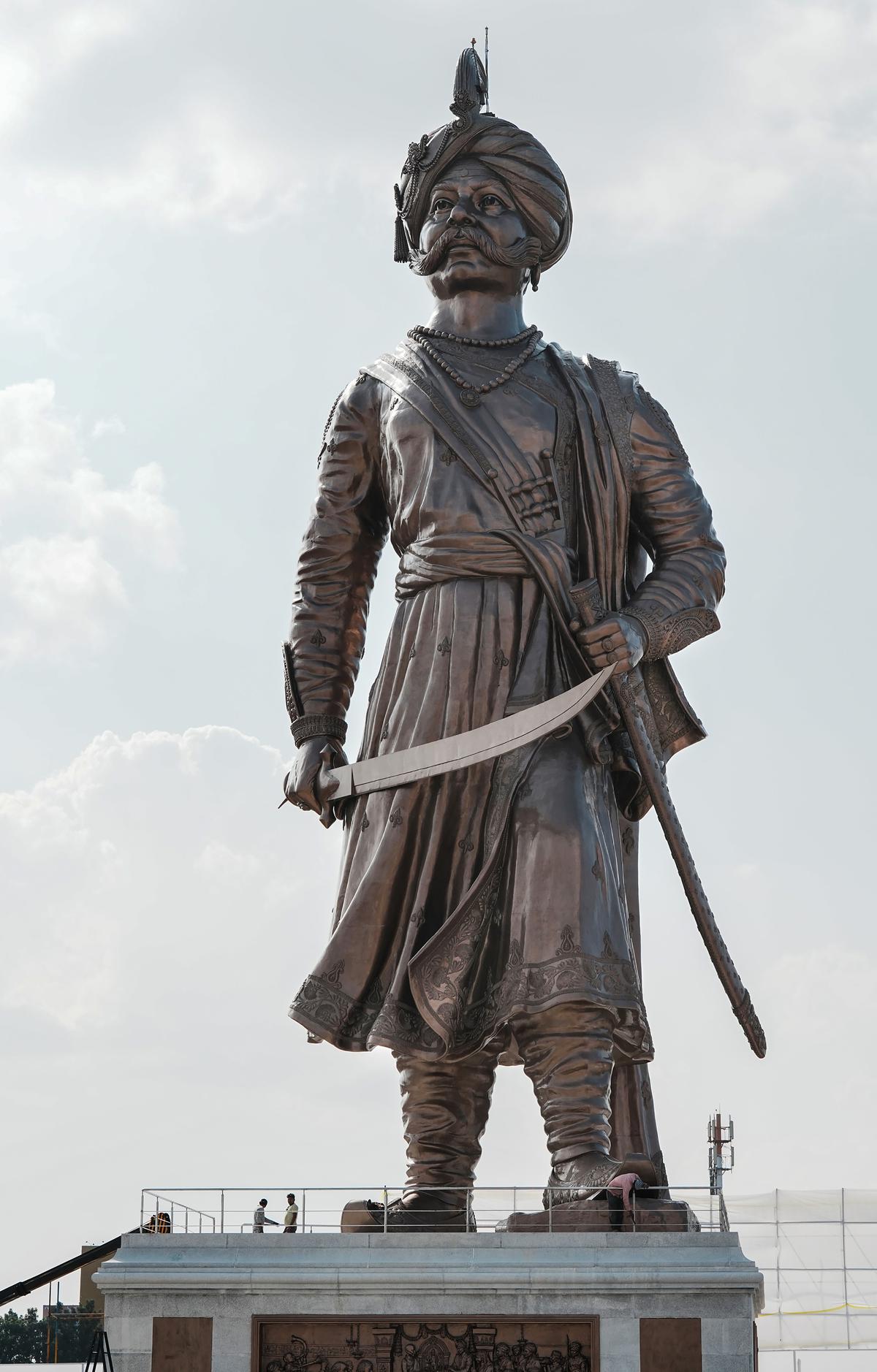Himalayan Gray Langur
A study on diet of Himalayan Gray langur of the Kalatop-Khajjiar Wildlife Sanctuary (Himachal Pradesh) says that differing elevations of habitation changed the preference of two groups of Gray Langur.
|
|
Altitude |
Food preference |
Constitution of fruits and flowers |
|
Kalatop Forest Group |
2,396 m |
Flowers |
11.11% |
|
Khajjiar Forest Group |
2,396 m |
Fruits |
15.49% |
The Himalayan Gray Langur was once considered a sub-species of the Bengal Sacred Langur or Hanuman Langur (Semnopithecus entellus) but it was separated as a species in 2005.

The Prime Minister unveiled the statue of Bengaluru founder Kempegowda in the premises of Bengaluru International Airport.

The Bengaluru International Airport, the Bus Stand, and even the main metro station in the Bengaluru city all are named after Nadaprabhu Kempegowda.
The Maharashtra Government completed the demolition of all alleged encroachments around the 17th Century tomb of Afzal Khan in Satara.
The day (November 10) Chhatrapati Shivaji killed Afzal Khan in the battle of Pratapgad is celebrated as ‘Shiv Pratap Din’.
Climate change is making it difficult for the pastoralist Gaddi tribe to preserve its traditional livelihood.
The United Nations to launch satellite based detection system to track global methane emissions.
Global Methane Pledge is an initiative from COP26 Glasgow, to cut methane emissions by at least 30% by 2030 from the 2020 levels.